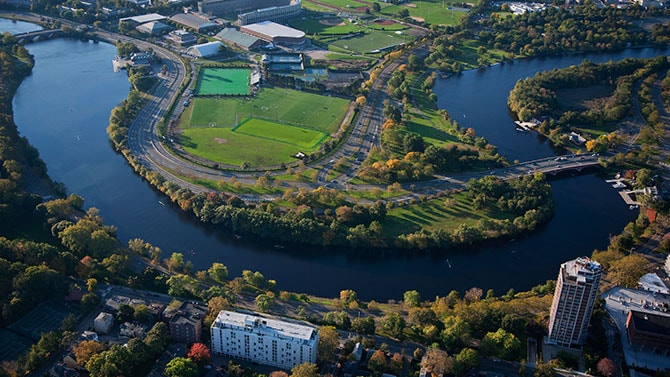Advancing the Green Development of the Belt and Road Initiative: Harnessing Finance and Technology to Scale up Low-Carbon Infrastructure
January 2022
Advancing the Green Development of the Belt and Road Initiative: Harnessing Finance and Technology to Scale Up Low-Carbon Infrastructure, produced in collaboration with PwC China, was released by the World Economic Forum. According to the insight report, emerging and developing economies (EMDEs) face rising demand for energy and mobility as they grow, industrialise and urbanise. Today’s infrastructure investment decisions will lock in emissions trajectories for decades and could make or break the world’s ability to achieve the Paris Agreement objective of limiting global temperature rise to well below 2°C.
The report highlights low-carbon technologies, such as solar and wind power, battery storage and electric vehicles, that are technologically feasible and commercially viable. A surge in Belt and Road Initiative projects that deploy these technologies would be in line with China’s September 2021 pledge to support developing countries in developing green and low-carbon energy and not build new coal-fired power projects abroad.

Key takeaways from this insight report
- Many low-carbon technologies, from solar and wind power to battery storage and EVs, are technologically feasible and commercially viable. Deploying these to EMDEs should be an important objective of the BRI. Host countries can provide conducive policy frameworks to support the development of “bankable” projects.
- Financial institutions are coalescing around frameworks such as the Task Force on Climate-Related Financial Disclosures (TCFD) recommendations to measure, manage and disclose their climate risks. Many leading financial institutions are also setting targets through initiatives such as GIP and the Glasgow Financial Alliance for Net Zero (GFANZ) to reduce their exposure to carbon-intensive sectors. These commitments are signalling clearly that financing will shift from brown (fossil fuel-burning) activities to green activities over time.
- Green finance mechanisms to support infrastructure financing, such as green bonds or green loans, have grown rapidly over the past decade but remain at a nascent stage. Governments and regulators will continue to work on the alignment of standards and taxonomies while instruments such as blue bonds and transition bonds are emerging to address thematic areas. Significant innovation is still needed, however, to transform sustainable infrastructure into a mainstream asset class – especially for projects in EMDEs.